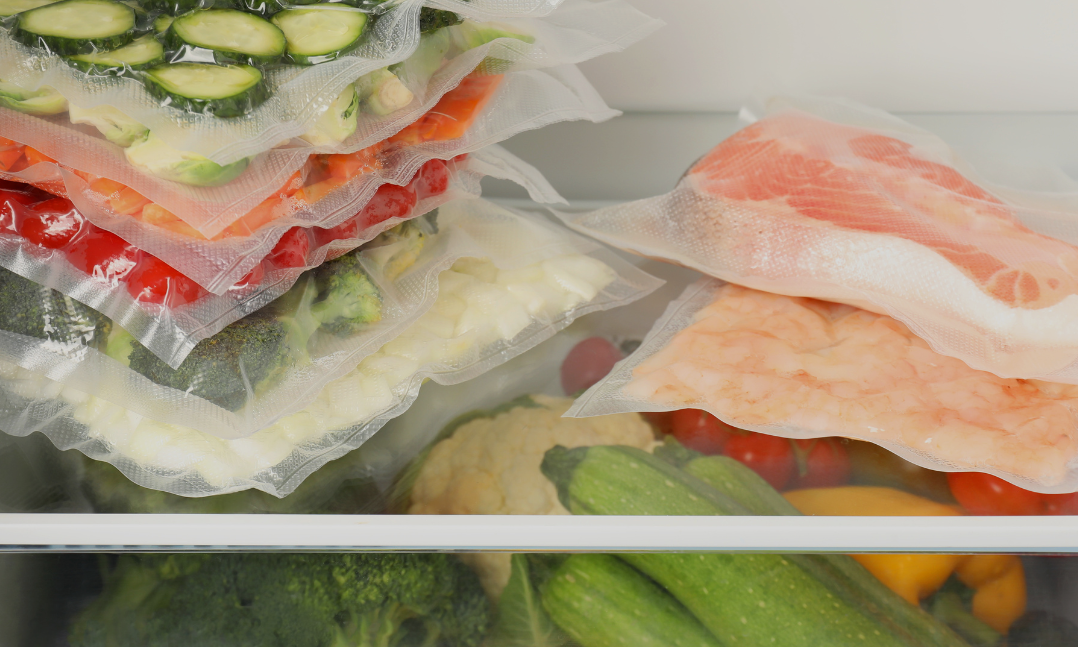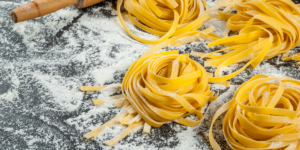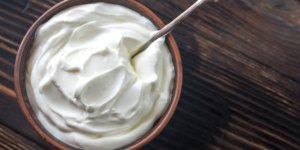Food preservation is a means of preventing or slowing down spoilage caused by harmful microorganisms. As food loses its freshness, its taste, texture, and color get altered. Preservation helps to control this by slowing down deterioration. It is also economical. Imagine throwing food away all the time because it has gone bad. Proper preservation of food saves your pocket and the environment.
Methods of preservation
You can preserve food at home in many ways, and this is not just about using a refrigerator. The science of food preservation has been around for a long time. Before technology existed, people had found ways to keep their food items fresh and safe for consumption long after they had been harvested or cooked.
Here are some useful preservation methods:
Drying
Drying food is one of the most efficient ways of keeping it for a longer time. Moisture is one of the conditions microbes need to grow. When you reduce the water content in a food, you elongate its shelf life. This is why almond nuts have a longer shelf life than tomatoes.
Fruits, vegetables, spices, and fish are some foods that are easy to preserve by drying. Sun drying is one simple method to use. For spices containing volatile oils, dry under a shade instead. This prevents them from losing their characteristic aroma and taste.
Modern methods of drying are freeze-drying, oven-drying, or through the use of electric dehydrators.
If you wanted to dry strawberries, for instance, you would have to cut them into cubes or slightly thin slices. Heating them in an oven at 200°F for about three hours or using a dehydrator at 135°F for about six hours gives you optimal results.

Canning
This is a commonly used industrial means of preserving food. It is used to preserve sardines, mackerel, peas, and sweet corn. It is also useful for preserving food at home. You may not be able to get actual cans for this, but using a heat-resistant glass jar with a firm lid is workable.
The science behind canning as a means of preservation is that as you heat the food in the canning jar, air is forced out, creating a vacuum. The heating process also destroys microorganisms and their enzymes.
There are two types of canning: water-bath canning and pressure canning. The former is useful for condiments, chutney, and salsa, while the latter works well for meats and vegetables. For a longer duration of preservation, can your vegetables or fruits when they’re in peak condition and fill the jars when they’re still hot.

Cooling
If you make excess sandwiches at home, canning or drying is not a practical way of preserving this food. The only possible way of keeping it is to refrigerate it. This lowers the temperature of the sandwich and slows the growth of microorganisms.
Place the sandwich in a clean food storage bag and seal it before putting it in the fridge. Another way is to wrap it in foil paper before putting it in the food storage bag. This reduces the amount of moisture that can get in.
You can get durable food storage bags from Amazon. The Amazon Basics Sandwich Storage Bag stores more than sandwiches. Your fruits, nuts, and vegetables can be stored easily in this bag.
You can also preserve your fruits and vegetables in this manner. It typically takes three days to a week before spoilage starts to occur. For example, asparagus may stay fresh for up to three days, while cabbage will stay fresh for up to one week.

Salting and Sugaring
This is an ancient way of preserving food. Coating food with large amounts of sugar, salt, or both can prevent it from going bad quickly. Just like drying, it reduces the water content of the food, making it less habitable for microorganisms.
Fruits and vegetables can be preserved by sugaring. This technique is used to preserve jams and jellies. For meat and fish, salting is the ideal method used. Bacon is one food preserved by salting.

Pickling
Pickling is a process where food is preserved either by immersion in vinegar or through anaerobic fermentation in salt water of high concentration (brine). Vinegar pickling alters the pH of the food, making it difficult for microbes to thrive.
Aside from preserving your food, pickling does wonders for the texture and flavor of your meal.
To pickle your vegetables, thinly slice them and peel them, if it applies. For foods like green beans, you may consider blanching them beforehand. Mix equal parts of water and vinegar–any vinegar except barley or malt vinegar–with about a tablespoon of salt or sugar. Heat this mixture for a while, and when it is a bit cool, turn it into a glass container. Add your vegetables and seal the container tightly.
Carrots, cucumbers, beets, and plums are foods that you can preserve by pickling

Fermenting
Kimchi, cheese, and yogurt are foods that are made by fermentation. In this preservation style, microorganisms convert the sugars and carbohydrates into alcohol and acid. Because this alcohol and acid are toxic to microbes in most cases, it serves as a natural preservative. Moreover, the zesty taste it impacts to food is top tier.
Fermentation is often not a stand-alone preservation method, as you still need to store the food in a fridge. But when you cannot keep the food cool for a day or two, fermentation prevents it from going bad.

Summary
Other methods of food preservation include freezing and olive oil preservation. The idea behind all preservation techniques is to reduce moisture content and make the food an unsuitable environment for food-spoiling microbes to grow.
Applying these preservation methods saves you money and makes your meals as yummy as ever.











